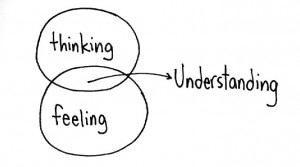Edutopia recently published a list with creative suggestions on how to acknowledge, assess student understandings. Opening up “measures” or ways to know what students know, allows for an assessment on not just an ability to retain content, but how that student can apply what is learned and understood. Tools like the ones suggested on the list, allow educators to take their own risks in seeing what students know, and give students outlets for their understandings versus disconnected destinations where students mark in multiple choice or essay, what they remember about a particular piece of content.
53 Ways To Check for Understanding
edutopia-dl-finley-53-ways-check-understanding
This notion of, “now that I know this, now what,” expands application of Carol Dweck’s theory of “growth mindset”, where she emphasizes effort, application, as “variables students can control.”
We talked about this notion of mindset during the Pages summer training, and Laura Garber, recently refers to encouraging “growth mindset” in practice with her post, Teaching Failure, where she reflects on creating learning spaces that give students breathing room, opportunities to “fail”, stumble, face an obstacle or challenge, allowing for time to reflect, and reason to take those reflections, lessons, and try again.
This slowing down for presence in the learning process and the tools employed to engage that presence, gives students permission to think, feel, and grow, an alternative to simply memorization or retention of content.
-DCE
image source: therw.biz
